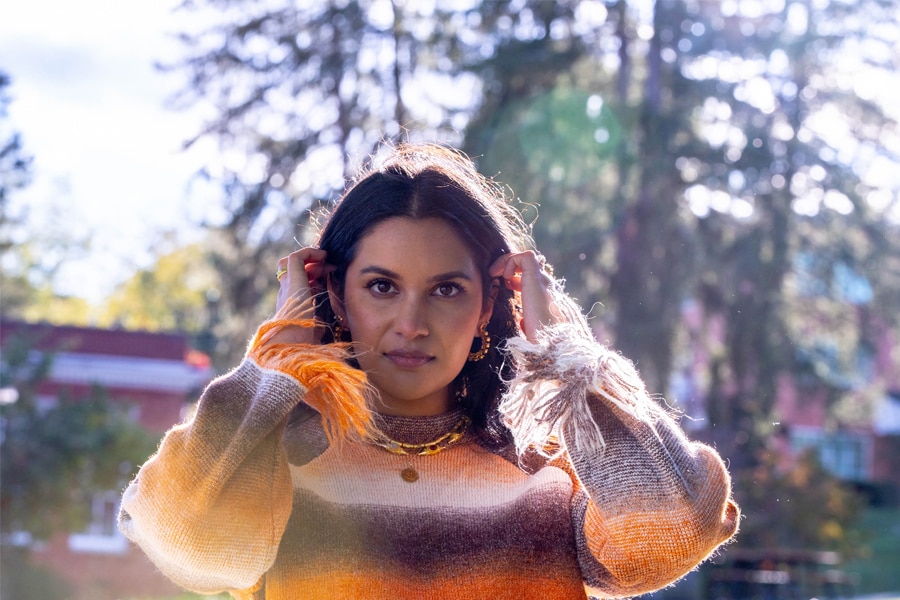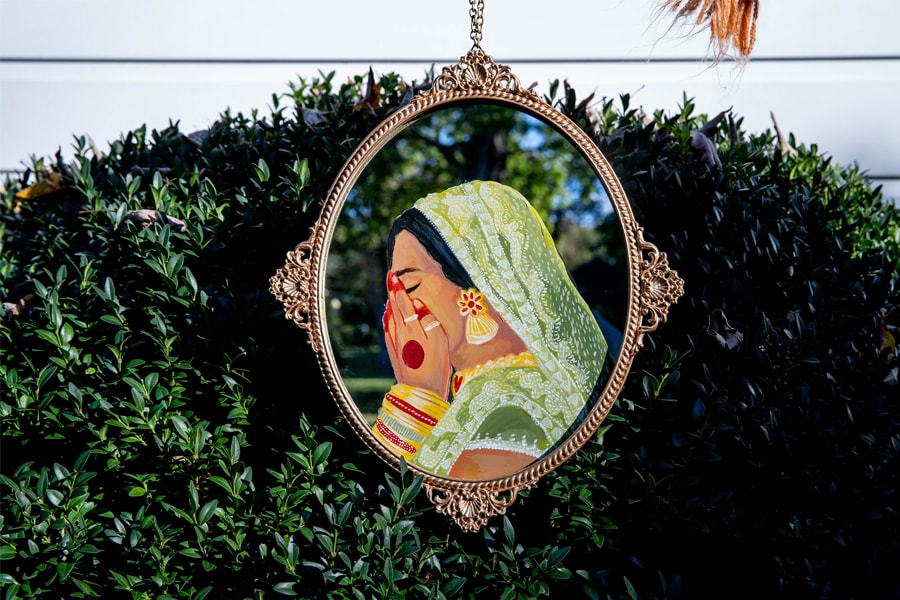
Why artists are considering giving up on Instagram
The photo-sharing app has changed so much over the years, it is making artists and their art feel unwelcome
 Artist Emmen Ahmed, who developed a following of nearly 18,000 on Instagram but felt pressure to make videos, in Lewisburg, W.Va., Sept. 27, 2022. Photographers and illustrators who once eagerly shared images of their work on Instagram are moving away from the site as it emphasizes video. (Mark Eric Trent/The New York Times)
Artist Emmen Ahmed, who developed a following of nearly 18,000 on Instagram but felt pressure to make videos, in Lewisburg, W.Va., Sept. 27, 2022. Photographers and illustrators who once eagerly shared images of their work on Instagram are moving away from the site as it emphasizes video. (Mark Eric Trent/The New York Times)
SAN FRANCISCO — Deb JJ Lee built a career in illustration on Instagram, one colorful comic at a time. Some of the comics that Lee, 26, posted on the photo-sharing site told stories about fantastical worlds; others meditated on Lee’s experiences as a Korean American. Without Instagram, Lee, who uses they/them pronouns, said they would not be illustrating graphic novels and publishing picture books.
But seven years, hundreds of posts and tens of thousands of followers later, Lee’s relationship with Instagram has cooled — not because they no longer need social media to promote their art, but because the app has changed so much that it seems to have stopped welcoming artists.
The changes, Lee said, have “been nothing short of harmful to artists, especially those who make still images.”
Instagram was founded in 2010 as a photo-sharing site where people could post, curate and showcase snapshots from their lives. It became a destination for an endless variety of beautiful, funky, far-out and vibrant images — of food, national parks and everything else — turning into one of the internet’s premier visual repositories.
But Instagram, which is owned by Meta, has in recent years increasingly shifted toward video. It has introduced Reels, short videos meant to compete with the video-sharing app TikTok, and it has launched features to encourage people to make videos together. Its algorithms appear to favor videos over photos. Last year, Adam Mosseri, Instagram’s head, said the site was “no longer a photo-sharing app.”
©2019 New York Times News Service








